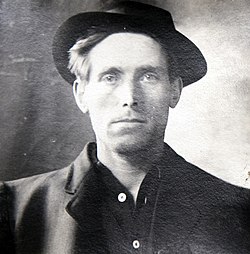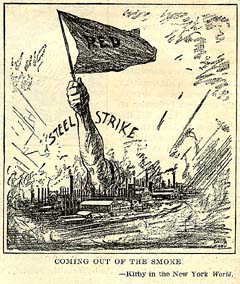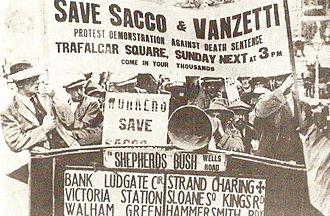The examples and perspective in this article deal primarily with the United States and do not represent a worldwide view of the subject.(June 2019) |
The following is a timeline of labor history, organizing & conflicts, from the early 1600s to present.
Contents
- 1600s
- 1700s
- 1800-1829
- 1830s
- 1840s
- 1850s
- 1860s
- 1870s
- 1880s
- 1890s
- 1900s
- 1910s
- 1920s
- 1930s
- 1940s
- 1950s
- 1960s
- 1970s
- 1980s
- 2000s
- 2010s
- 2020s
- See also
- References
- Further reading
- Archival sources
| Part of a series on |
| Organized labour |
|---|
 |





![February 6, 1869 Illustration from Harper's Weekly of the Colored National Labor Union convention in Washington, D.C. Store Web page states: "from Harper's Weekly magazine with 6 x 9 [inch] wood-engraved illustration of the National Colored Convention in Session at Washington, D.C." NationalColoredUnionConventionHarpersWeekly1869.jpg](http://upload.wikimedia.org/wikipedia/commons/thumb/b/be/NationalColoredUnionConventionHarpersWeekly1869.jpg/250px-NationalColoredUnionConventionHarpersWeekly1869.jpg)























































